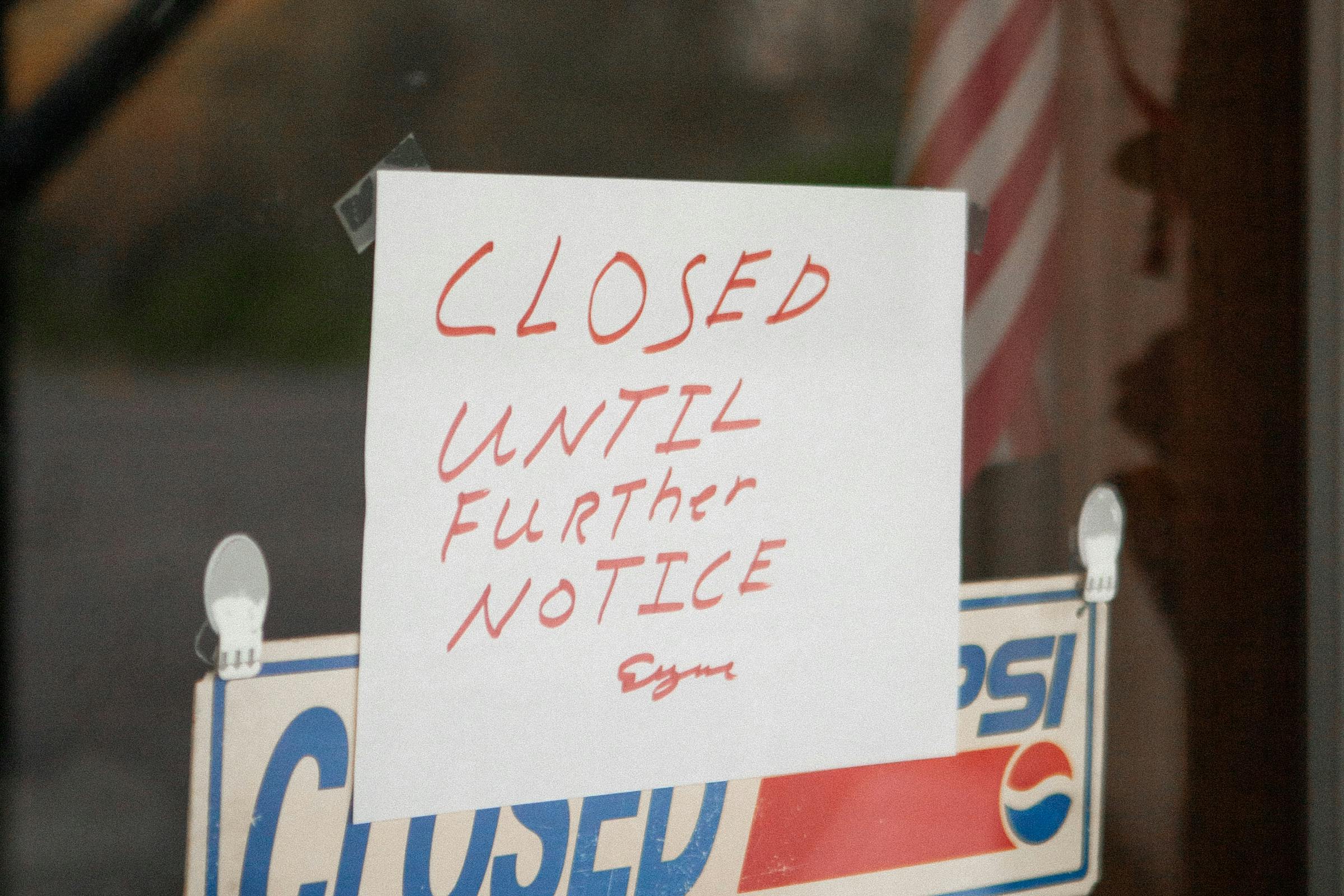Understanding Place of Employment
The term “place of employment” has undergone a massive change since COVID. Now, working remotely is almost as common as working onsite. But when it comes to your H-1B visa status, wherever your documented place of employment is, that’s where the H-1B official should find you if they randomly show up for an inspection.
“Place of employment” refers to the worksite or physical location where the nonimmigrant H-1B visa holder performs their job duties. This address is provided on the Labor Condition Application and applies to any worksites within the employment area. The address is used to determine things like prevailing wage, the worker’s residential vicinity, and where they can be located if necessary.
When the H-1B worker must leave their permanent worksite for temporary job duties, such as heading to another location for training, a new LCA is not necessary. However, the temporary job must fall under USCIS’s guidelines. It should be used for an employee developmental activity or to fulfill the requirements of a specific job function for casual and short-term work.
This temporary work should not exceed five consecutive workdays for frequent travel or ten for occasional travel. Another caveat states that the H-1B worker cannot be at this temporary location as a “strikebreaker.”
Understanding Geographic Area
When a USCIS official conducts a worksite inspection, the H-1B worker can be anywhere within the geographic area of intended employment. This is the area within typical commuting distance of the address on the LCA form.
No new LCA is required if the employer has moved the H-1B worker to a different worksite within that geographic location. But if the worksite falls outside that geographic area, the employer must request permission for the move with a new LCA, as the change may make a difference in the prevailing wage.
When the USCIS official shows up at the worksite in question, the H-1B worker must be accounted for. Otherwise, if, for any reason, the worker is no longer at that address or cannot be located, it’s possible that the official will begin the process of revoking the visa.
As long as the H-1B worker and employer are following all the requirements they agreed to when the petition was approved, there should be no cause for concern.
What’s Next?
Understanding things like place of employment, geographic location, and prevailing wage can be complicated. Yet, ignorance of the law is no excuse, and the consequences of not knowing them can be expensive.
Instead of taking the chance and having your visa petition denied or your approved visa revoked, contact Visa2US. Let us guide you along this complex journey and streamline the process for you. We’ll help you understand the terminology and what to expect next and minimize the mistakes made along the way.
Our legal experts are available 24/7, every day of the year. Contact us online or over the phone, and we’ll work with you to make dealing with the US government easier.














